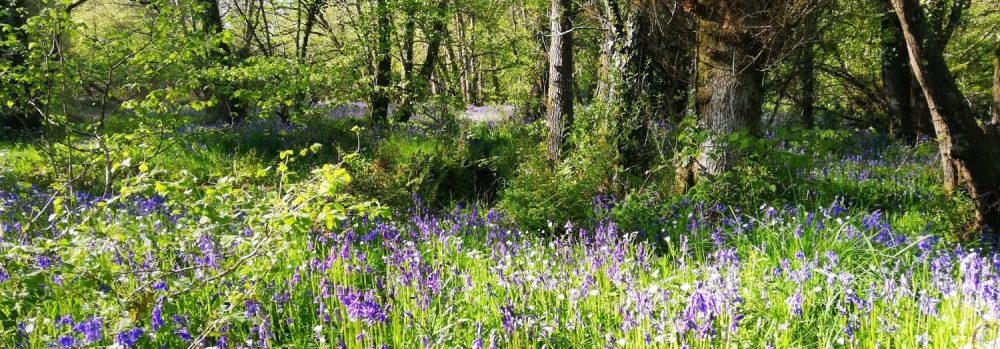George Alexander Stevens – Artist and Educator
Who is the artist?
In the guest lounge and some of the bedrooms you will see paintings and drawings by George Alexander Stevens, Anne’s father and Michelle’s grandfather. He was an important figure in British and African art education in the early to mid-20th century. Many guests have asked about the paintings and the artist so here is a very short biography.
George Alexander Stevens (1900 - 1963)
Artist and Educator

Education
George was born in London on 6 June 1900 to Ellen and John Stevens. He attended Bancroft School, Essex, then continued his studies at Queens College, Oxford, where he obtained his BA in History. His passion for art led him to further his studies at the renowned Ruskin School of Drawing at Oxford under the esteemed artists Sidney Carline, Henry Tonks and Gilbert Spencer. George formed valuable friendships with artists, including Stanley Spencer, whom he remained close to throughout his life. He later received mentorship from Roger Fry, a prominent Bloomsbury critic, and London Group painter.
Achimota College, Gold Coast 1925 - 1928
In 1925, he was offered the Head of Art post at the Government Training College in Accra, Ghana while studying at the Ruskin. He was the first art teacher at the Prince of Wales College and School when it moved to Achimota. In 1927, it became known as Achimoto College. He was passionate about his students developing their own painting styles instead of being influenced by European art. One of his students was Kwame Nkrumah, the first Prime Minister and later President of Ghana.
Stevens painted numerous local life scenes while in the Gold Coast and in 1929 on his return to the UK, he curated an exhibition of his students’ works at the Imperial Institute in London to showcase their creative efforts, his patronage of his students’ creative effort is summarised in this tribute:
An excellent artist himself, he was intensely interested in the simple drawings of his pupils, and when Captain Rattray asked him to illustrate his volume of Ashanti folk tales, he successfully turned the work over to a group of his students (Meyerowitz, 1937).



English School Master 1929 - 1935
During 1929 he held a temporary post in the Art Department at nearby Dartington Hall, Totnes. This proved to be “a most valuable experience, in breadth and depth, of the whole field of art education”, (Stevens 1954). He left at the end of 1929 to take up the post of Art Master at Eastbourne College.
The Artist's Family
While at Eastbourne he met and married Edith Whitworth, a nurse. His eldest daughter Mary was born in 1932 and subsequently they had a son John who died in infancy. His second daughter Anne was born later in 1937.



National Council of Social Service (NCSS) 1935 - 1947
In 1935, he abandoned the sheltered schoolmaster’s life for the rough and tumble of a travelling job as the Arts and Crafts Adviser to the National Council of Social Service (NCSS). This role took him first to the depressed and “Special Areas” of the North, and later to the Midlands (see the Special Areas Act 1934-37). where he worked with Richard Carline. In this role he established a craft centre for the unemployed at Kingstanding, Birmingham, teaching skills such as woodworking to improve their employment prospects.
War Service
The war caused another upheaval and his main work was on the art and craft side of HM Forces Wartime Education Scheme.
Between 1942 – 1944 he travelled the whole British Isles touring air bases, gunnery and balloon emplacements teaching crafts to prevent boredom such as macrame knotting and plastic crafts.
From 1944 – 1947 his work for the NCSS was mainly administrative at the London HQ. He designed the first logo of the Citizens Advice Bureau which was started by the NCSS at this time.
While in London he renewed friendships with Richard Carline and Stanley Spencer and their families. Anne has many happy memories of playing croquet in the garden at Hampstead with Unity Spencer and the Carline family.
During the war he became an external examiner for Cambridge University School Certificate Design for Applied Art papers and History of Art at Higher School Certificate level. He continued this for very many years becoming Senior Examiner.

Art Educator 1947 - 1963
In 1947 he returned to teaching, becoming Senior Art Lecturer at Cooper’s Hill Emergency Training College which was founded to address an urgent need for teachers after the war. He trained returned soldiers as handicraft teachers. At this time he became an enthusiastic member of the Society for Education Through Art and their Pictures for Schools scheme.
When the Emergency Teacher Training scheme ended in 1951, the London County Council (LCC) offered him the management of the prestigious Whitechapel Art Gallery and then in 1952 he became Principal of the Fulham Men’s Institute where he stayed until his death in 1963. While at Fulham he held a one man retrospective show at Fulham Central Library exhibiting over 70 works produced between 1924 and 1954.
Press Clippings
Find out more
To find out more about the life and work of George Stevens please contact us.





























